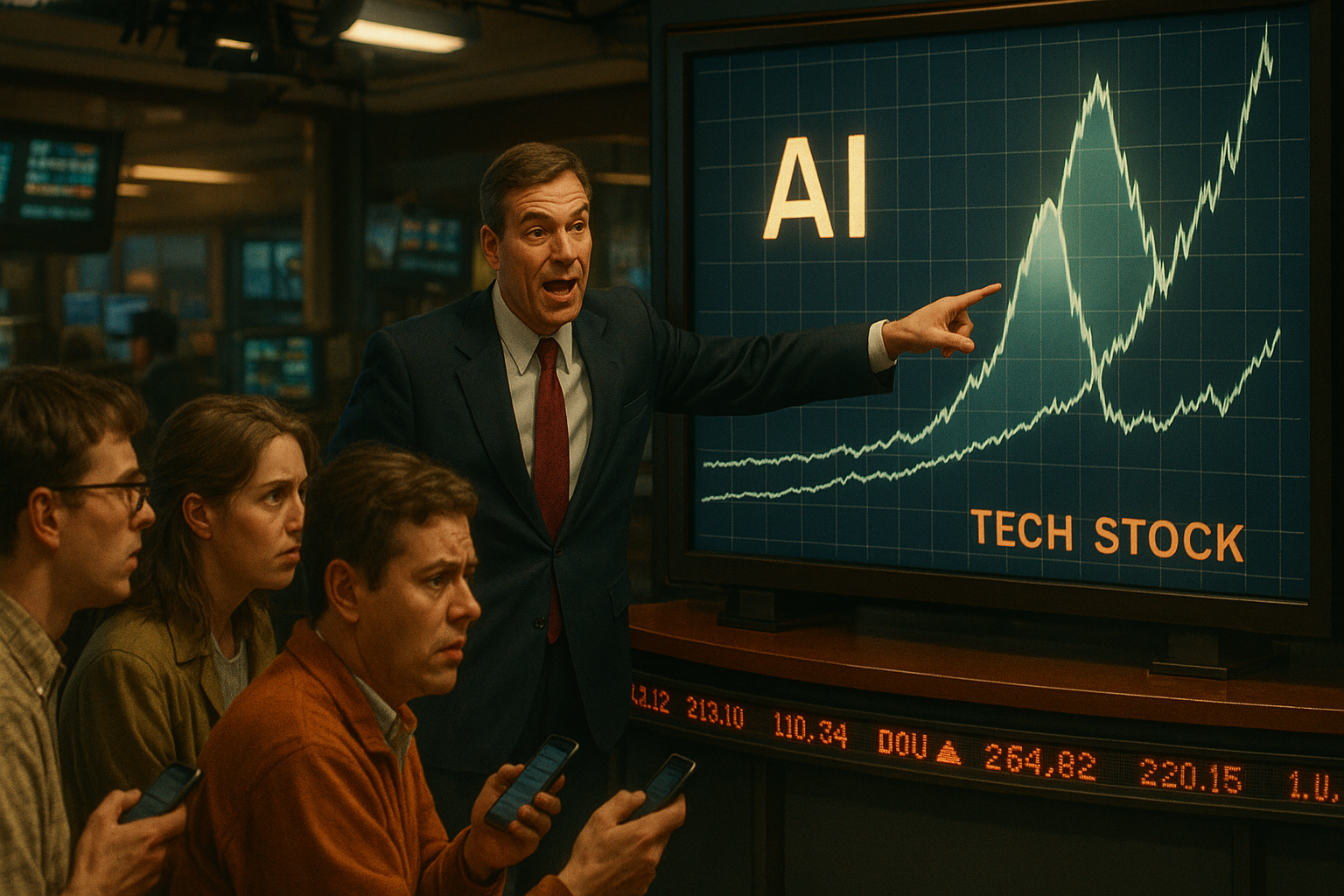There's something unsettling about watching a market veteran who survived the late '90s tech crash suddenly start channeling their inner 1999. I've been following Jim Cramer for years, and his recent pivot from cautious analyst to bubble cheerleader has my alarm bells ringing.
It reminds me of—well, exactly what happened last time.
The CNBC host has been increasingly bullish on the kinds of stocks that make fundamental analysts wince: companies with stratospheric valuations, questionable paths to profitability, and business models that could generously be described as "evolving." Sound familiar? It should.
Look, I get the excitement. AI is genuinely transformative technology. The potential is staggering. But so were the internet and e-commerce in 1999, and that didn't prevent the NASDAQ from eventually cratering nearly 80%.
What's particularly concerning (and I've discussed this with several fund managers who share this view but won't say it publicly) is Cramer's recent tendency to romanticize his trading history during the original dot-com boom. These bubble war stories conveniently end before the crash. It's like bragging about your amazing night in Vegas without mentioning you lost everything before breakfast.
The mechanics haven't changed much since 2000. Revolutionary technology? Check. Absurd valuations? Check. FOMO-driven capital flows? Triple check.
"This time is different" — the four most expensive words in investing history.
Having covered financial media for over a decade, I've seen this movie before. The narrative shift happens gradually, then suddenly. First, it's "invest in quality companies at fair prices." Then it morphs into "just buy what's going up and don't ask questions."
This progression is particularly dangerous because today's market includes millions of investors who've never experienced a genuine bear market. They've never watched their portfolio drop 50%+ over months or years. The post-2009 era trained them to believe corrections are brief buying opportunities and the Fed will prevent any serious pain.
The typical Cramer viewer doesn't have his risk management tools or experience. They don't have sophisticated hedging strategies or institutional discipline. They're essentially playing high-stakes poker while showing their cards to professionals.
When will this bubble pop? That's the million-dollar question (or trillion-dollar, considering market caps these days). Timing market tops is notoriously difficult even for seasoned investors. Bubbles can persist far longer than logic suggests is possible.
But here's what I know for certain: When mainstream financial television starts sounding like a cryptocurrency subreddit circa 2021, it's time to reassess your risk exposure.
The professionals aren't saying it publicly, but many are quietly reducing positions and raising cash levels while maintaining bullish public stances. It's distribution in action—the process whereby smart money gradually sells overvalued assets to retail investors before the inevitable collapse.
(For what it's worth, three portfolio managers I spoke with last week mentioned they've been taking profits in high-flying tech names while publicly remaining "constructive" on the sector.)
The aftermath is predictable too. When—not if—this bubble eventually bursts, there will be congressional hearings, finger-pointing, and soul-searching about who misled innocent investors. The financial personalities who were most vocal during the mania will develop convenient amnesia about their previous enthusiasms.
In the meantime, perhaps the best advice comes from an old trader I knew years ago: "Dance while the music plays, but dance near the exit."
And maybe turn down the volume on your financial television... just a bit.
